Why denim isn't so hot in Pakistan
Denim is all-pervasive, all-purpose. It’s a fabric that’s been around for the longest time, epitomising a James Dean-esque cool, defining work-wear, torn up and personalised by the young rebel and occasionally, tweaked and twirled to exude glamour.
Denim silhouettes may, in essence, be anglicised but the sheer wearability of the fabric has enabled it to transcend boundaries and become universal. Thereby, jeans are worn by everybody, everywhere, irrefutably.
Latching onto the lucrative potential of denim, Pakistan has, over the years, spiralled into becoming one of the top denim manufacturers in Asia. It makes sense. As the fourth largest producer of cotton in the world, catering to the massive demand for denim could be considered a natural progression for the country. But a strong export market for denim is not necessarily indicative of innovation in design.
“A lot of times, denim jeans and jackets that are manufactured in Pakistan, go on to other countries like Turkey for finishing touches,” observes designer Adnan Pardesy, who has experience of working very closely with the denim industry.
Pakistan is one of the largest exporters of denim but the fabric is yet to make an impact in local designer wear.
“There are washing and retouching techniques in which we lack expertise. That’s something we need to work upon in order to build our denim business,” he adds.
Nevertheless, the considerable number of denim manufacturing units dotted about the country means that the fabric is easily available in our markets, traversing a range of prices and qualities. There is sub-standard, low-priced denim that is often embroidered or embellished before it filters into street bazaars.
There are also export quality leftovers from manufacturing units, available at phenomenally affordable prices: Zara, H&M and Gap designs, slightly damaged, but selling at a dime a dozen. The local high-street features a smattering of denim brands: Outfitters and StoneAge amongst them. And occasionally, denim makes an appearance in high-end couture.
“I’ve grown up with denim around me and I understand the many nuances of working with it — the wash, shrinkage, sizing,” explains Iman Ahmed of Body Focus Museum, whose family runs the Artistic Fabric Mills, one of the most prominent and oldest denim manufacturers in Pakistan. “It was inevitable for me to dabble with the fabric.” In a collection some years ago, Ahmed worked her particular knack for drapery onto very light, under six ounce denim.
“My clients liked it but perhaps not as much as they like my other designs,” confesses Ahmed. “I think people often associate denim with jeans and assume that it’s too casual. It just doesn’t appeal to their aesthetic when they think of glamorous statement wear.”
Internationally, denim has moved beyond casual boundaries and tilted towards the quirky yet avant-garde. Earlier this year, renowned ateliers like Alexander Wang, Chanel and Gucci happily jumped on to the denim bandwagon while defining fall fashion.
There were jackets fashioned in denim layers and trimmed with fur, contrasting shades on well-cut jumpsuits, effortlessly casual shirt-dresses and jeans: fringed, flared, distressed, cropped, torn, polished and in 50 shades of denim. It was hardly the pedestrian denim of yore.
As Ahmed implies, Pakistan is yet to be entranced by this high fashion veneer. Zainab Chottani, another designer who hails from a family of denim manufacturers, echoes these sentiments. She recalls how her spring/summer collection for Fashion Pakistan Week, constructed entirely out of denim, didn’t sell as rampantly as her embroidered formals in silk, chiffon, cotton or organza.
“It was warm at the time and perhaps people prefer denim apparel in colder weather,” says Chottani. “The denim collection was very well-liked, especially the way I styled the fabric into youthful silhouettes and embellished it with lace. Still, I think that when customers come to a designer, they usually require pretty evening wear. They consider denim to be far too basic.”
A particularly memorable ode to denim was made by Adnan way back in 2012 when the designer collaborated with high-street brand The Working Woman. Stitched using extremely lightweight denim, it was high on fashion and utterly wearable. One remembers asymmetrical tunics, multiple pleats, pockets galore, funky denim hues and even a denim peshwas!
“That collection was created in days,” recalls Adnan. “I had chosen to work with denim because I wanted to do something different. These were the early years of my career and my embroideries were weak at the time. Instead, I chose to play with the fabric. I still end up creating denim clothes for clients. One or two orders end up coming every year.”
One or two orders for high-fashion denim, however, barely push the envelope. The occasional sartorially challenged star wearing torn jeans or denim on denim the wrong way doesn’t do much for the fabric. There is so much more potential to denim, so many more fashionable avenues that can be explored. With its hues and surface treatments, denim is so much more interesting than the generic prints currently in the market.
Perhaps, local fashion will follow suit, should it manage to entice customers away from their love for three-pieces and pastel formals.
Originally published in Dawn, Sunday Magazine, October 30th, 2016







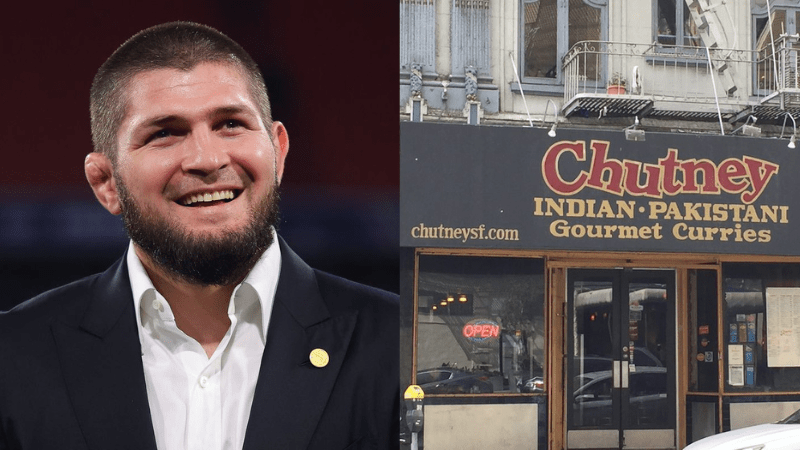
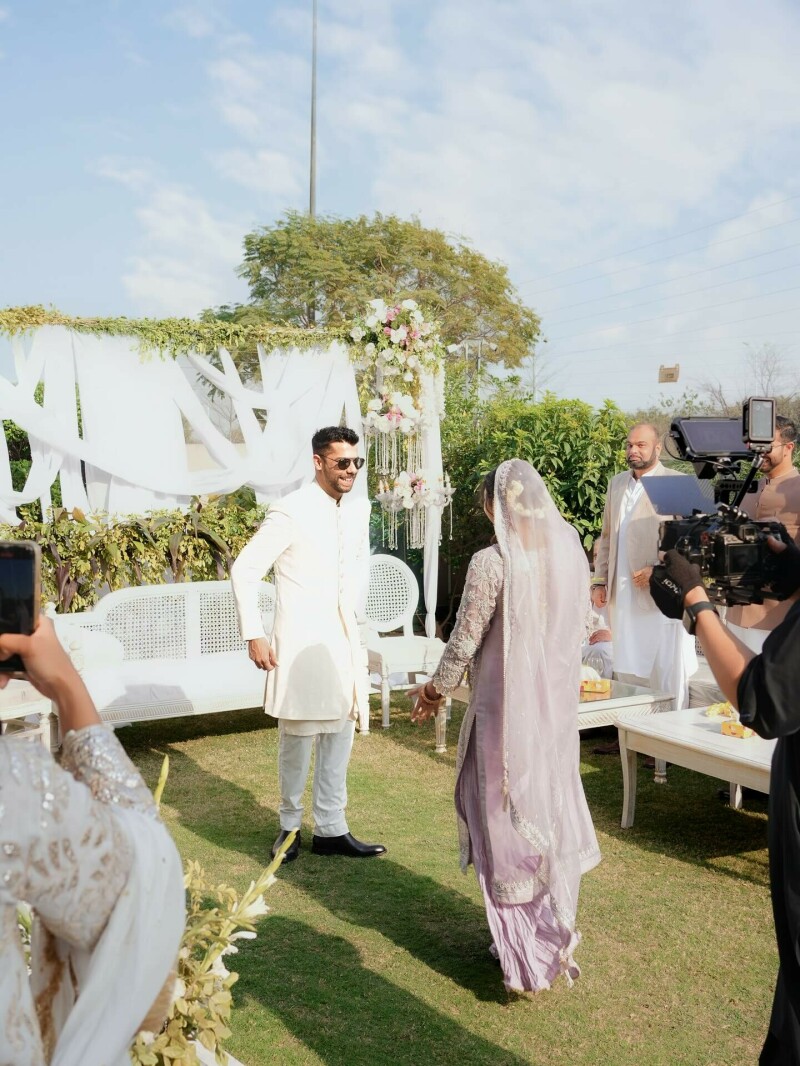


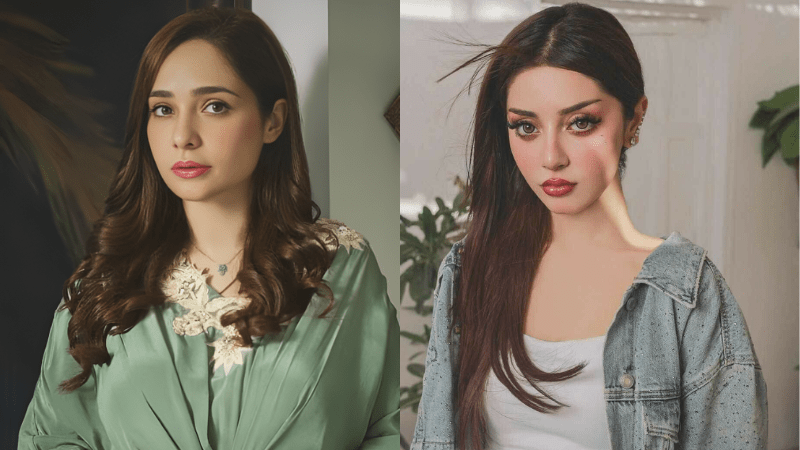
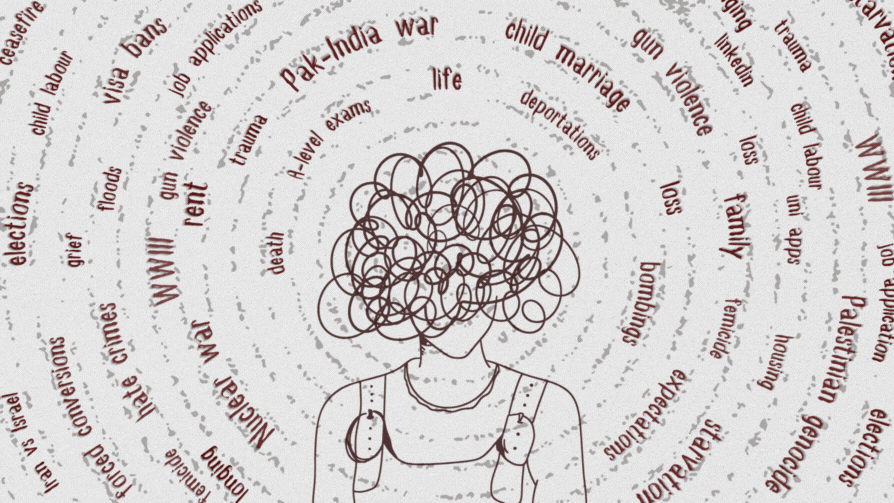
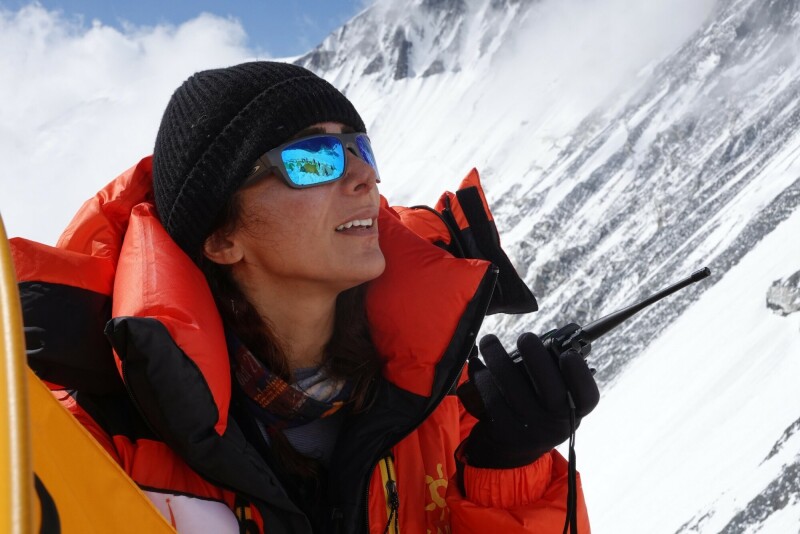
Comments